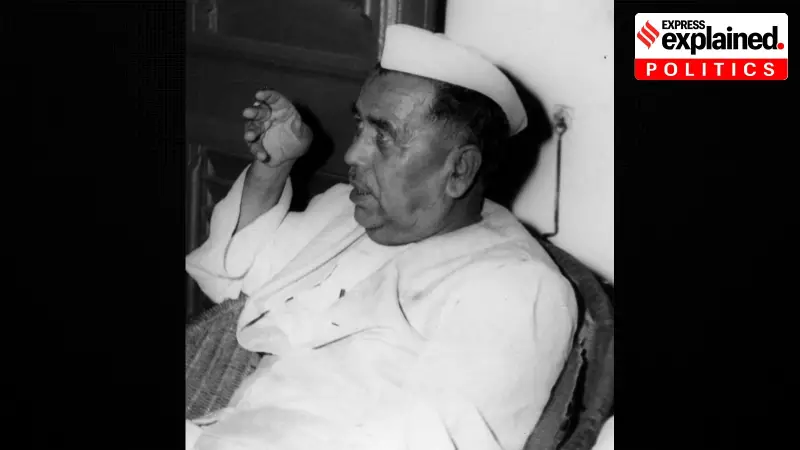
The political landscape of Bihar has always been a fascinating study in power dynamics, but few chapters are as compelling as the rise and fall of Chief Minister Krishna Ballabh Sahay in the mid-1960s. His story represents a crucial turning point that reshaped Bihar's political destiny forever.
The Land Reform Revolution That Shook Bihar
When K.B. Sahay assumed the chief minister's office in 1963, he inherited a state grappling with deep-rooted agrarian inequality. His response was bold and unprecedented: sweeping land reforms that challenged the very foundation of Bihar's feudal structure. The Bihar Land Reforms Act aimed to redistribute land from powerful zamindars to landless farmers, a move that was both revolutionary and politically risky.
The implementation of these reforms created seismic shifts across Bihar's social and political fabric. While the marginalized communities saw Sahay as their champion, the established landowning classes viewed him as a threat to their centuries-old dominance.
The Perfect Storm of 1967
The 1967 elections arrived at a time of perfect political turbulence. Multiple factors converged to create an environment ripe for change:
- The controversial land reforms had alienated traditional power brokers
- Internal Congress party conflicts created division and weakness
- Rising opposition unity presented a formidable challenge
- Public sentiment was shifting against the established political order
This convergence of factors proved devastating for Sahay's political survival. The election results marked not just a personal defeat for the chief minister, but a fundamental realignment of Bihar's political compass.
The Legacy That Outlasted Defeat
Though Sahay lost his own electoral battle in Hazaribagh, his impact on Bihar's political consciousness endured. The land reforms he championed, while imperfect in implementation, planted seeds of social justice that would germinate in subsequent decades.
His tenure demonstrated the inherent tension between progressive reform and political survival in Indian state politics. The very changes that aimed to empower the marginalized ultimately mobilized powerful opposition forces that would shape Bihar's political trajectory for generations to come.
Echoes in Contemporary Bihar Politics
The patterns established during Sahay's era continue to resonate in modern Bihar politics. The delicate balance between social justice agendas and political pragmatism, the influence of land and caste dynamics, and the constant tension between reform and resistance all find their roots in this pivotal period.
Understanding Sahay's rise and fall provides crucial context for comprehending why Bihar's political landscape remains one of India's most complex and fascinating arenas of power struggle and social transformation.





